5 Transitional Seasons When Fish Are Most Active
For anglers, understanding when fish are most active can dramatically improve success on the water. While many fishermen focus on the main seasons like summer or winter, it’s actually the transitional periods between seasons that often yield the most productive fishing.
During these transitional times, environmental changes trigger feeding frenzies and movement patterns that make fish more accessible and eager to bite. These periods represent windows of opportunity when fish biology and behavior align perfectly with fishing efforts.
Whether you’re a weekend hobbyist or dedicated angler, recognizing and taking advantage of these five key transitional seasons can transform your fishing experience and significantly increase your catch rates.
Early Spring Thaw: When Waters First Begin to Warm
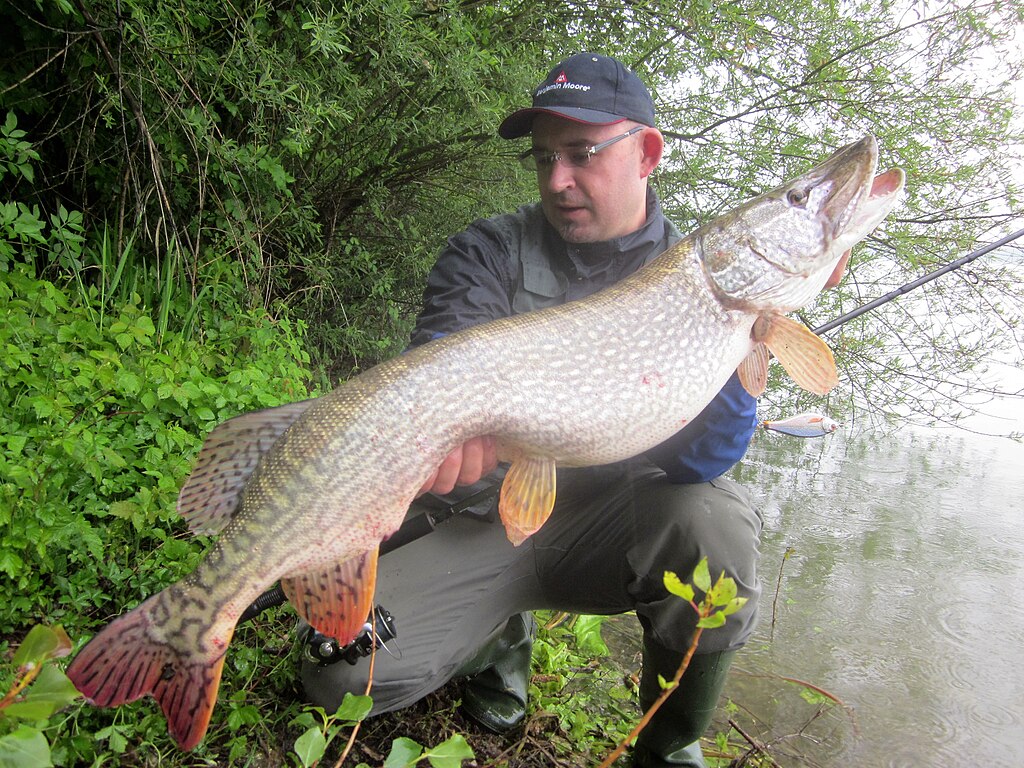
As winter releases its grip and water temperatures begin to rise, fish emerge from their cold-weather lethargy in what many experienced anglers consider the first golden period of the fishing year. This transition typically occurs when water temperatures climb into the mid-40s to low 50s Fahrenheit, triggering increased metabolic activity in many fish species.
During this period, fish are driven by two primary biological imperatives: recovering energy reserves depleted during winter and preparing for the upcoming spawning season. You’ll often find fish concentrated in predictable locations – moving from deeper winter holdovers to shallow flats and coves that warm more quickly, especially during afternoons.
Species like bass, crappie, and pike are particularly responsive during this transitional period, making it an excellent time to target these gamefish with slower-moving presentations that accommodate their still-deliberate feeding style.
Pre-Spawn Activity: The Feeding Frenzy Before Reproduction
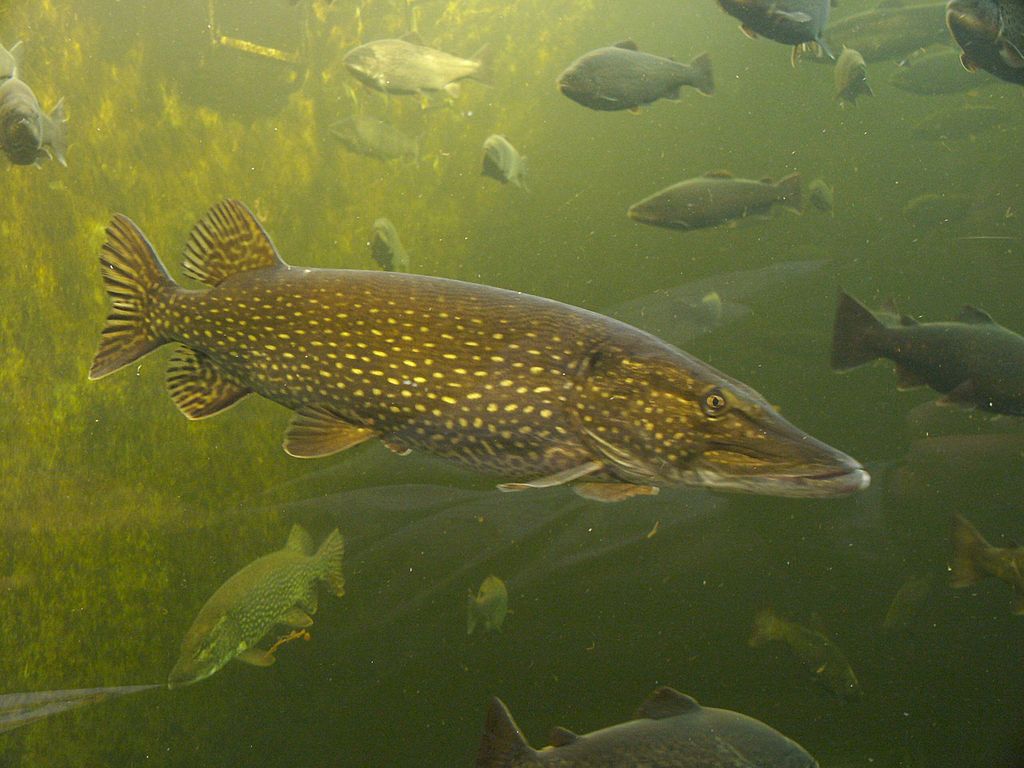
The pre-spawn period represents perhaps the most significant feeding opportunity of the entire year for many fish species, particularly among bass, crappie, and other popular gamefish. During this critical transition, water temperatures typically range from the mid-50s to low 60s Fahrenheit, triggering an intense biological drive to build energy reserves for the demanding reproductive period ahead.
Fish behavior during pre-spawn is characterized by aggressive feeding patterns and predictable movement toward spawning grounds. This pattern makes them particularly vulnerable to anglers. In many lakes and reservoirs, fish begin staging near points, creek channels, and other structural features that provide access routes to eventual spawning areas.
This transitional period often coincides with increased insect activity and baitfish movement, creating a perfect storm of feeding opportunity that can last for several weeks. Savvy anglers know that this window offers some of the best opportunities to catch trophy-sized fish that are at their heaviest weight of the year.
Post-Spawn Recovery: The Overlooked Opportunity
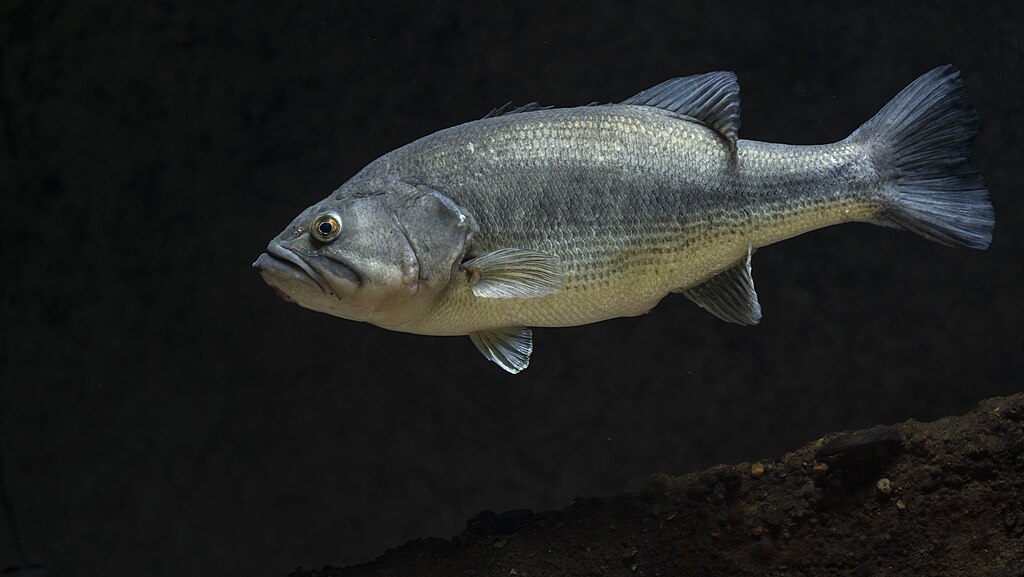
After the energy-depleting spawning season concludes, fish enter a recovery phase that creates another excellent fishing opportunity that many anglers overlook. During this transition, adult fish that have expended significant energy reserves during reproduction return to active feeding patterns to rebuild their strength. Water temperatures during this period typically range from the mid-60s to low 70s Fahrenheit, providing ideal metabolic conditions for feeding activity.
Species like bass often move to the first significant drop-offs adjacent to spawning flats, while crappie and other panfish tend to suspend near submerged cover in slightly deeper water. This transitional period is marked by fish following predictable patterns as they recover, with many species establishing consistent daily feeding routines.
For anglers, the post-spawn recovery period offers more stable and predictable fishing than the often chaotic spawn period itself, with fish that are hungry but not yet affected by the challenging conditions of peak summer heat.
Early Summer Patterns: Before the Heat Slowdown
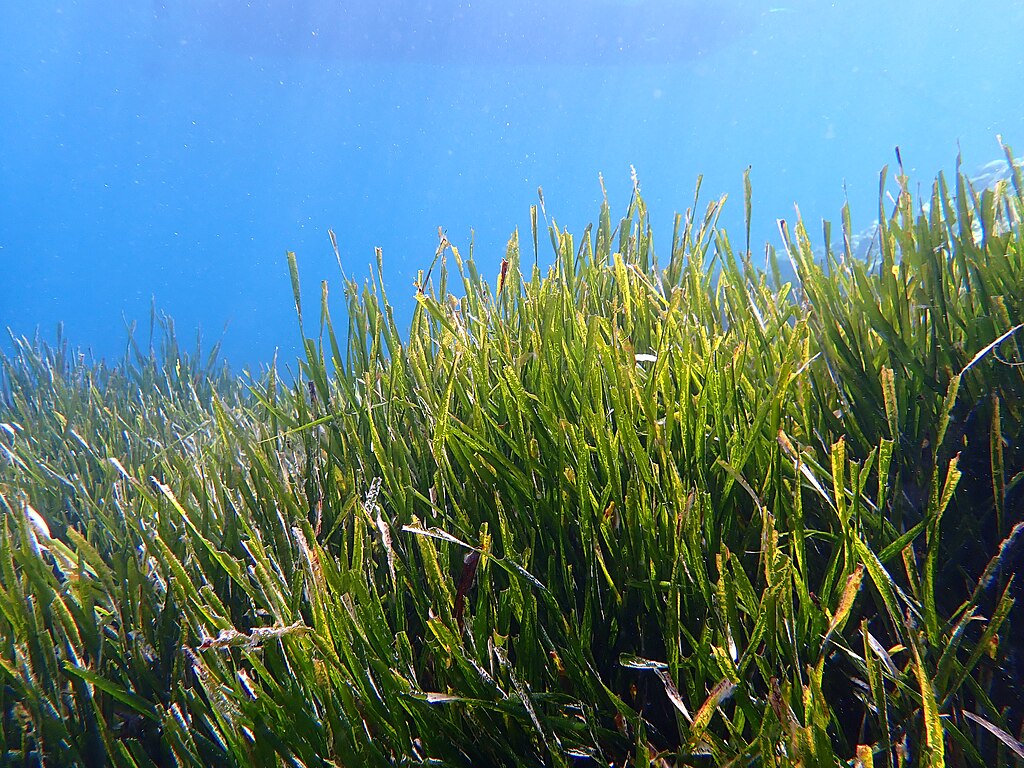
The transition from late spring to early summer creates a distinct fishing opportunity before the full heat of summer establishes more challenging conditions. During this period, water temperatures typically settle into the low to mid-70s Fahrenheit, creating an optimal metabolic range for many fish species without the stress of peak summer heat.
Aquatic vegetation reaches ideal growth stages, providing abundant cover and attracting diverse food sources that stimulate active feeding throughout the food chain. Predatory fish establish predictable hunting patterns during this transition, often relating to specific structure types and exhibiting more consistent behavior than during other times of the year. This period is particularly productive because fish have recovered from spawning stress but haven’t yet adopted the more challenging deep water or nocturnal patterns common during the hottest summer months.
Early morning and evening fishing becomes increasingly productive during this transition, with many species moving shallower during these lower-light periods to feed aggressively.
Late Summer to Early Fall: The Cooling Transition

As summer heat begins to wane and water temperatures start their gradual decline, fish enter one of the most active feeding periods of the entire year. This transition typically begins when water temperatures drop from their summer peaks of 80+ degrees into the mid-70s Fahrenheit, triggering both biological and behavioral changes in most gamefish species.
During this period, fish sense the approaching winter and begin feeding heavily to build fat reserves that will sustain them through colder months. Baitfish schools become more concentrated during this transition, often forming massive schools that predatory fish target with increased aggression and frequency.
Many species that had been holding in deeper, cooler waters during summer’s peak begin moving back to more accessible mid-range depths, often relating to structural elements like points, humps, and channel edges. The increasingly predictable feeding windows characterizes this transitional period, with dawn and dusk offering particularly productive opportunities as fish capitalize on baitfish vulnerability during changing light conditions.
Fall Turnover: The Great Mixing

Lake turnover represents a significant transitional period that dramatically affects fish behavior and creates unique fishing opportunities for knowledgeable anglers. This phenomenon occurs when cooling surface temperatures cause the upper and lower water layers to mix, temporarily disrupting the stratification patterns that had been established throughout the summer.
During turnover, dissolved oxygen becomes more evenly distributed throughout the water column, allowing fish to utilize a wider range of depths and locations than during summer’s more restricted patterns. This transitional period typically occurs when water temperatures drop into the low 60s and 50s Fahrenheit, depending on the lake’s characteristics and geographic location.
While turnover can initially create challenging conditions as fish adjust to changing water chemistry, the post-turnover period often triggers concentrated feeding activity as fish prepare for winter. Savvy anglers recognize that turnover patterns vary by lake section, with some areas clearing and stabilizing before others, creating opportunities to target productive zones while avoiding areas still in flux.
The Autumn Feed: Building Winter Reserves
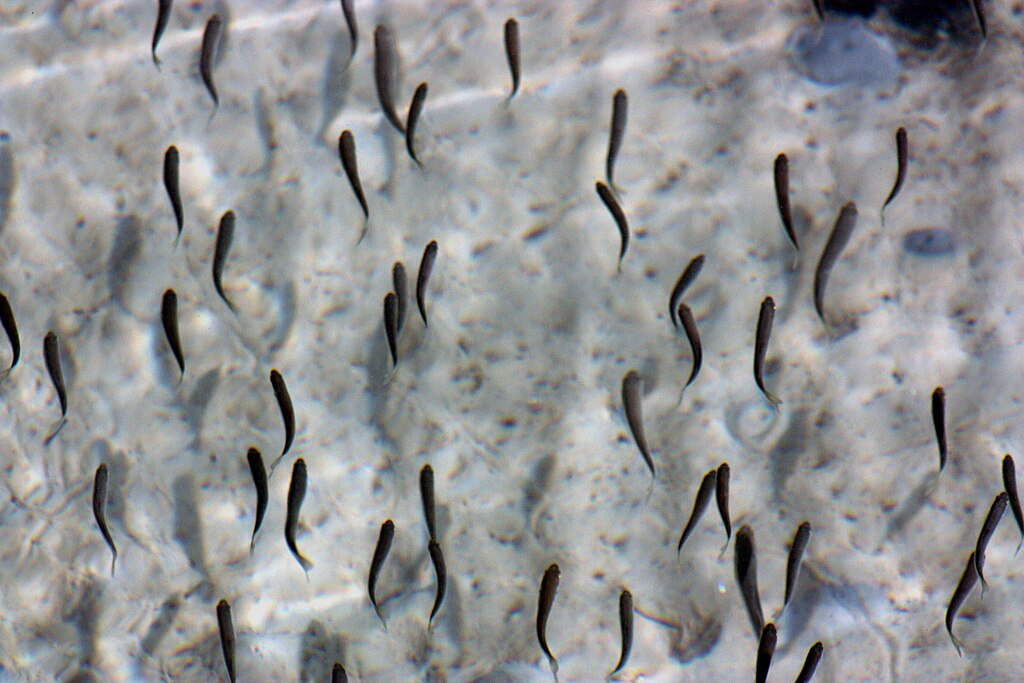
The mid-to-late fall period represents what many experienced anglers consider the second major feeding frenzy of the fishing calendar. During this crucial transition, water temperatures typically range from the mid-50s down to the low 40s Fahrenheit, triggering an intense biological drive in fish to accumulate fat reserves before winter’s arrival.
Fish behavior during this period is largely driven by following baitfish migrations, with predatory species often abandoning their typical structural patterns to pursue concentrated food sources. In many lakes and rivers, fish move toward the backs of creeks and into shallower areas where baitfish gather, creating exceptional fishing opportunities in areas that may have been unproductive during summer months.
This transitional period is characterized by fish feeding more actively during daylight hours as the water continues cooling, particularly during afternoon periods when temperatures reach their daily peak. The autumn feed represents one of the best opportunities of the year to catch multiple fish and often produces some of the heaviest weights as fish build their winter reserves.
First Frost Period: The Sharp Temperature Break
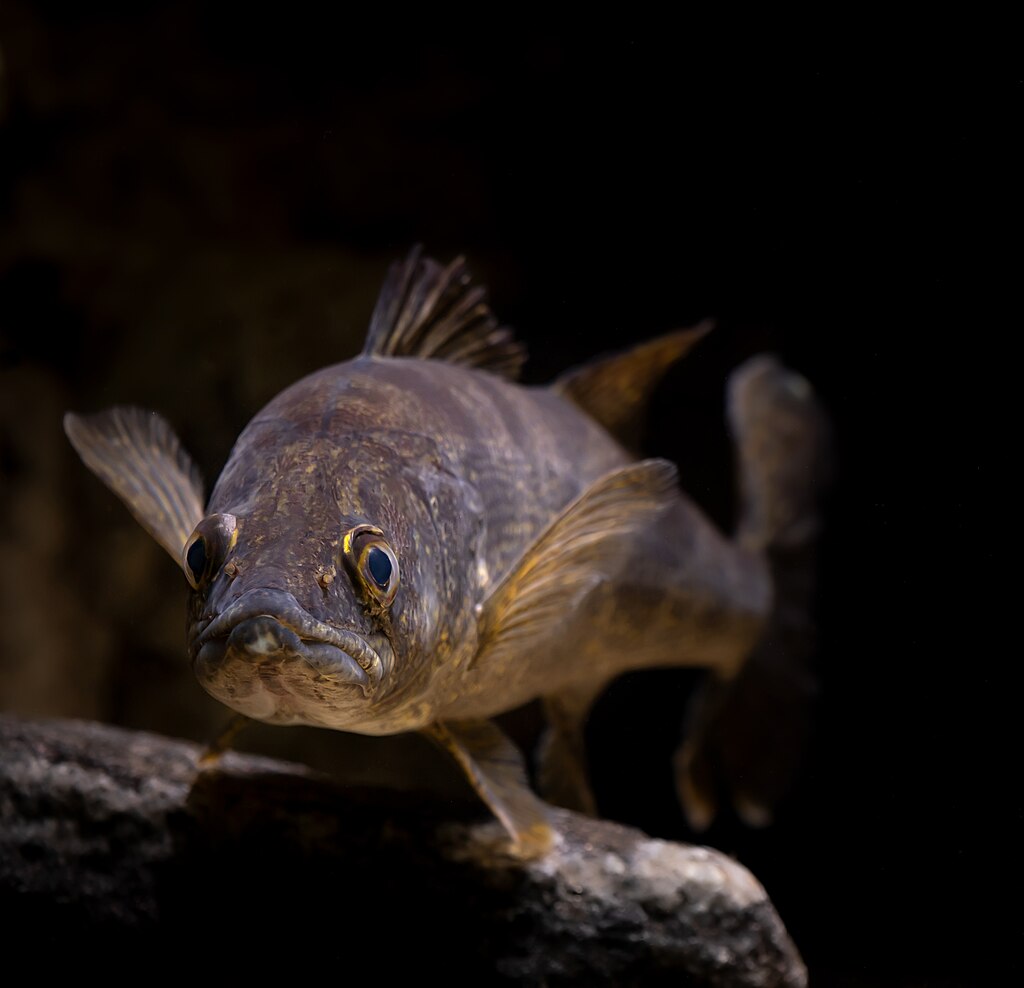
The arrival of the first significant frost events signals another transitional period that triggers distinct fish behavior patterns worth targeting. This transition typically occurs when air temperatures drop below freezing overnight for the first time, creating a sharp temperature break in shallow water areas.
During this period, baitfish that had been utilizing shallow water zones throughout fall begin a hasty retreat to deeper, more stable environments, creating concentrated feeding opportunities for predatory fish. Species like bass, walleye, and pike position themselves along migration routes and ambush points to capitalize on this predictable baitfish movement.
This transitional period is often characterized by fish feeding most actively during mid-day hours when water temperatures reach their daily peak, a reversal from summer patterns when early and late periods were most productive. For anglers, the first frost transition offers excellent opportunities to target fish that are actively feeding in relatively predictable locations as they intercept baitfish movements between shallow and deeper water zones.
Early Winter Setup: Before the Deep Freeze

As water temperatures decline into the low 40s and upper 30s Fahrenheit, fish enter their early winter pattern, creating the final significant feeding opportunity before true winter conditions establish. During this transitional period, fish begin moving toward their winter holding locations but remain relatively active compared to their mid-winter behavior.
Many species concentrate around the last available structural elements adjacent to deep water, creating predictable fishing opportunities at specific depth ranges. This period is characterized by fish feeding more deliberately but still actively, particularly during the warmest part of the day when their metabolism briefly increases. For anglers, the early winter setup offers excellent opportunities to locate concentrations of fish that will likely remain in similar areas throughout the winter months, essentially providing a preview of productive winter fishing locations.
Slow, methodical presentations become increasingly effective during this transition, with smaller baits often outperforming larger offerings as fish begin to adjust their feeding behavior for winter conditions.
Understanding Fish Metabolism During Transitions

The biological mechanisms driving increased fish activity during transitional seasons center primarily around their metabolic responses to changing water temperatures. Fish are ectothermic creatures, meaning their body temperature and metabolic rate are directly influenced by their surrounding environment.
During transitional periods, water temperatures often move into optimal ranges that maximize metabolic efficiency, allowing fish to digest food more effectively and maintain higher activity levels. This metabolic sweet spot varies by species – coldwater fish like trout become most active during spring and fall transitions when temperatures range from 50-65°F, while warmwater species like bass reach peak activity in the 65-75°F range.
Beyond temperature alone, changing day length during transitional seasons triggers hormonal responses that stimulate feeding activity as fish prepare for spawning or winter. Understanding these biological drivers helps explain why fish feeding patterns become more predictable and aggressive during these specific transitional windows, even when other environmental factors remain relatively constant.
Weather Patterns That Enhance Transitional Fishing
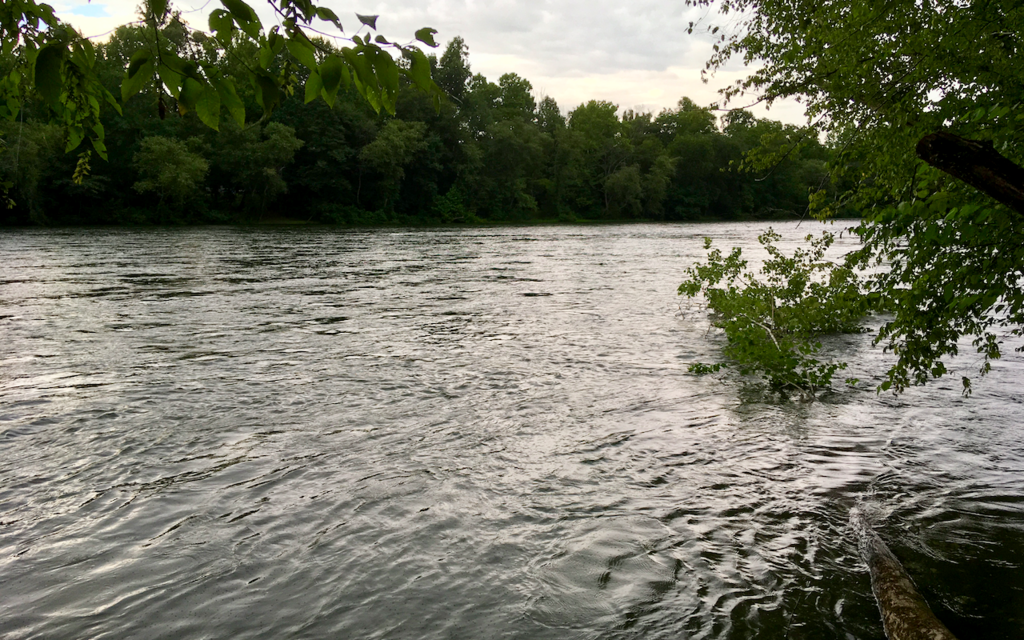
Certain weather conditions can significantly amplify fish activity during transitional seasons, creating prime opportunities for exceptional fishing success. Stable barometric pressure following a weather front often triggers particularly intense feeding periods, especially during spring and fall transitions when fish are already biologically primed to feed.
Mild warming trends during early spring or cooling trends during early fall can accelerate transitional behavior, compressing typical transition periods into shorter, more intense windows of opportunity. Wind patterns play a crucial role during transitions, with moderate winds that push warmer surface water and food sources toward shorelines or structure often creating feeding hotspots that concentrate active fish.
Cloud cover during transitional periods frequently extends feeding windows that might otherwise be limited to early and late day periods, allowing for productive fishing throughout the day. Anglers who closely monitor these weather patterns and understand how they interact with seasonal transitions can identify optimal fishing days that offer significantly higher catch potential than surrounding dates.
Adapting Fishing Techniques for Transitional Periods
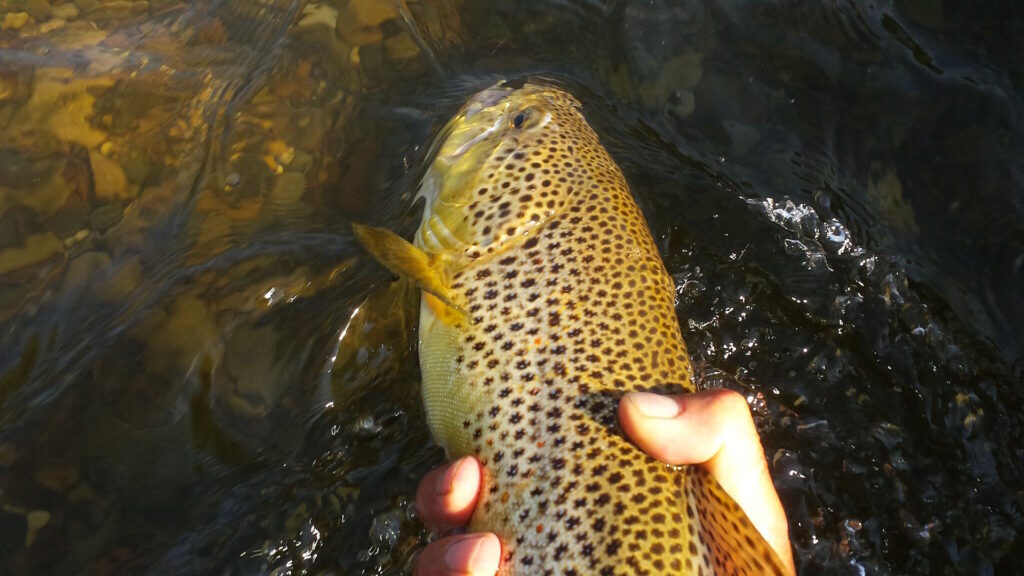
Successfully capitalizing on transitional fishing opportunities requires specific tactical adjustments that align with changing fish behavior. During warming transitions like early spring and post-spawn, progressively faster retrieves and larger baits often become more effective as fish metabolism increases and feeding aggression intensifies.
Conversely, cooling transitions like early fall and pre-winter periods typically call for a gradual slowing of presentations and downsizing of baits to match more deliberate feeding patterns. Location flexibility becomes essential during transitions, as productive areas can shift dramatically from day to day – anglers should focus on monitoring day-to-day movement patterns rather than returning to yesterday’s productive spots.
Bait selection during transitions should emphasize versatility, with search baits that cover water effectively being particularly valuable for locating fish that may be actively moving between seasonal holding areas. Perhaps most importantly, successful transitional fishing requires anglers to avoid preconceptions based on either the preceding or upcoming season, instead remaining open to the unique patterns that develop during these distinct intermediate periods when fish often behave differently than during more stable seasonal conditions.
Conclusion: Maximizing Your Fishing Calendar
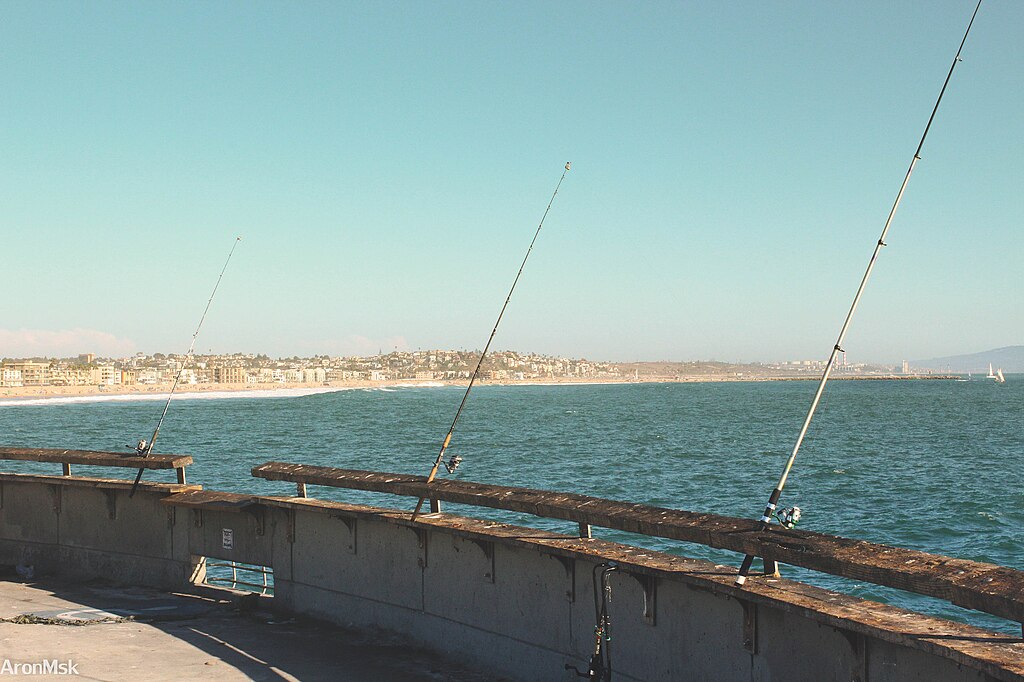
The five transitional seasons highlighted in this article represent the pinnacle opportunities for productive fishing throughout the year. By structuring your fishing calendar around these key periods – early spring thaw, pre-spawn, post-spawn recovery, early summer, and fall cooling – you position yourself to experience fishing at its most rewarding.
These transitions transcend individual species and water bodies, representing fundamental biological patterns that drive fish activity across diverse environments. For serious anglers, recognizing these windows might mean scheduling vacation days or fishing trips to align with these predictable periods of heightened activity.
While consistent fishing success is possible year-round with proper techniques, these transitional seasons provide the best opportunity for exceptional experiences, particularly for those with limited fishing time. By understanding and targeting these five key transitions, anglers of all skill levels can dramatically improve their success rates and experience the exhilaration of fishing during those magical periods when everything aligns perfectly and the fish seem eager to cooperate.

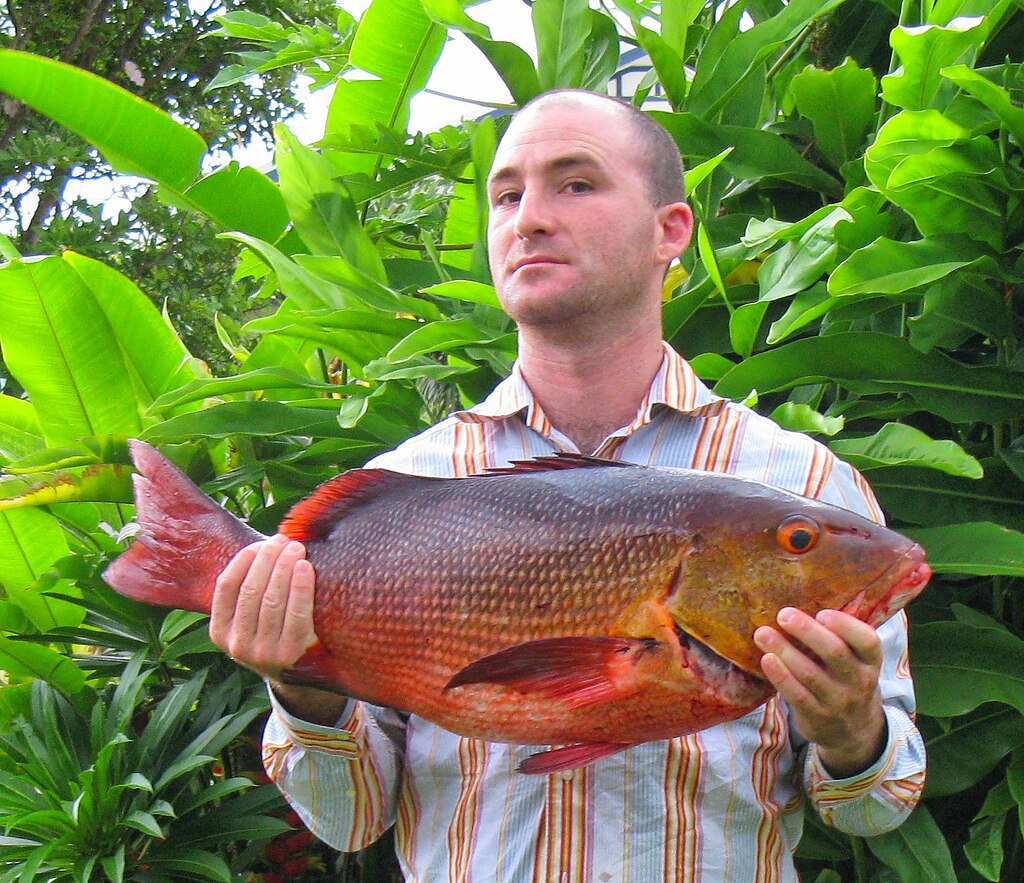











Post Comment